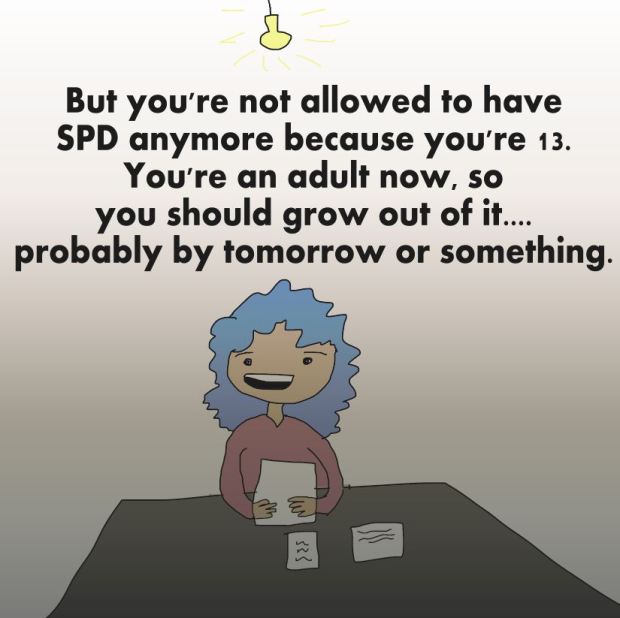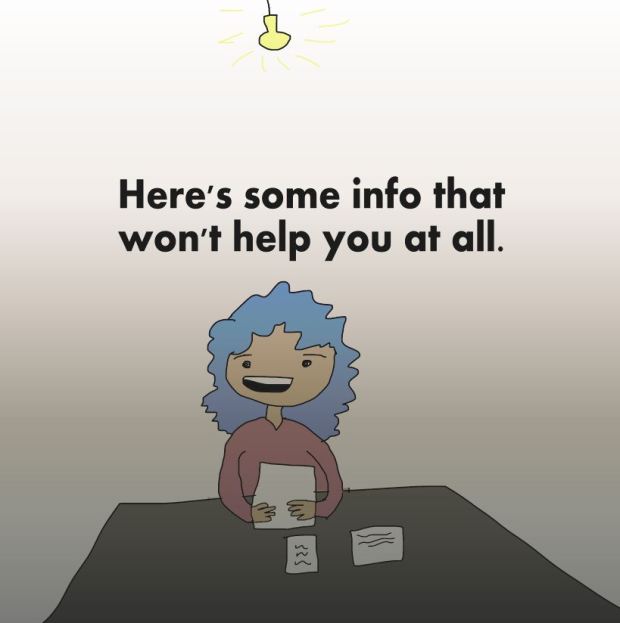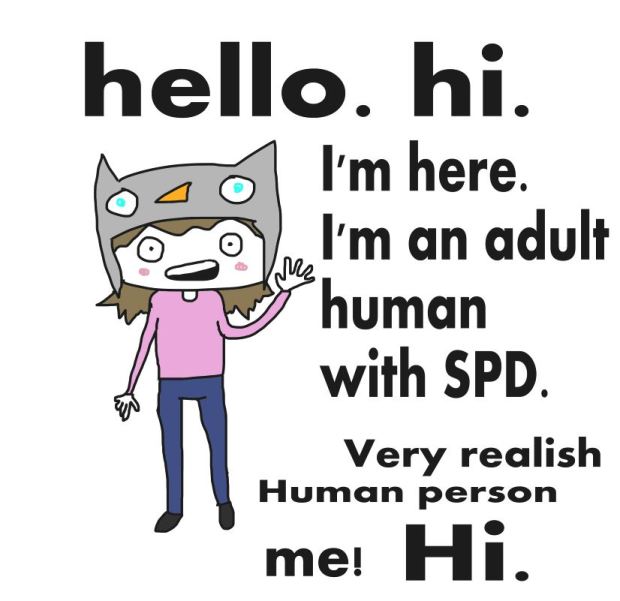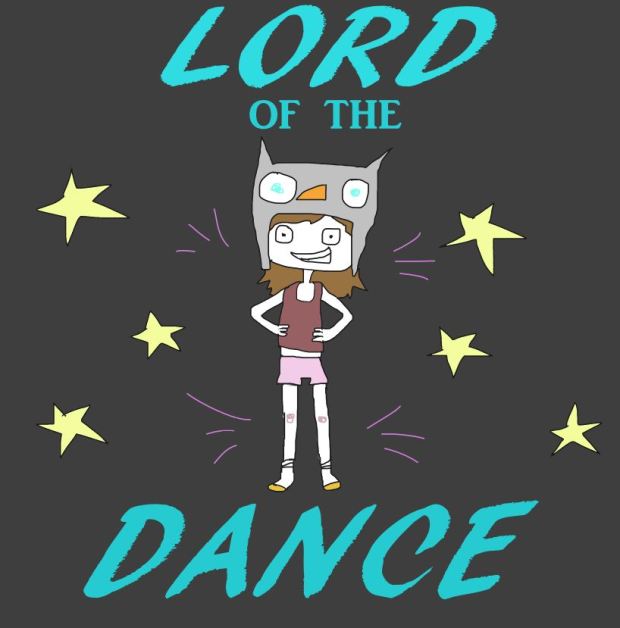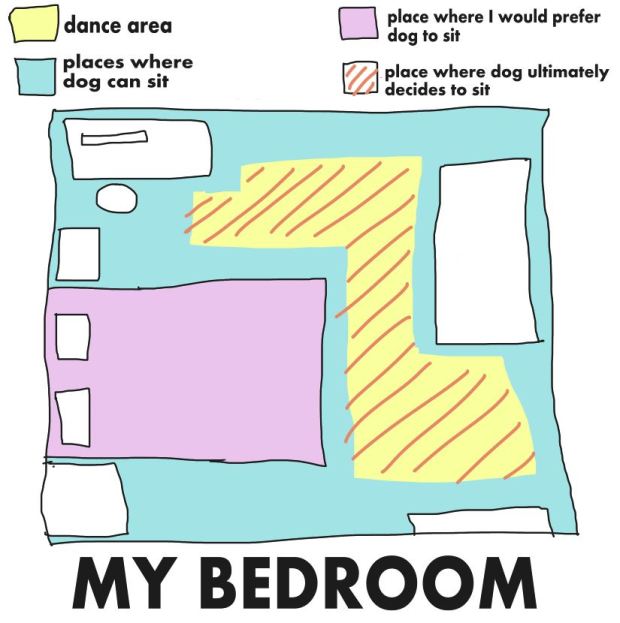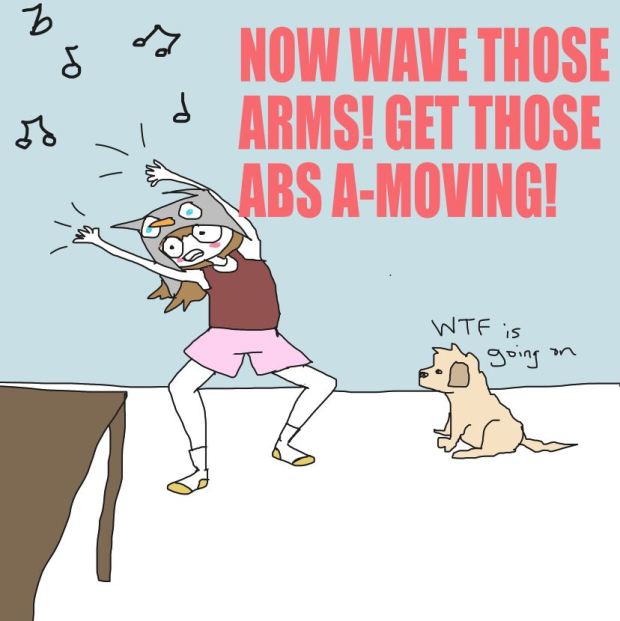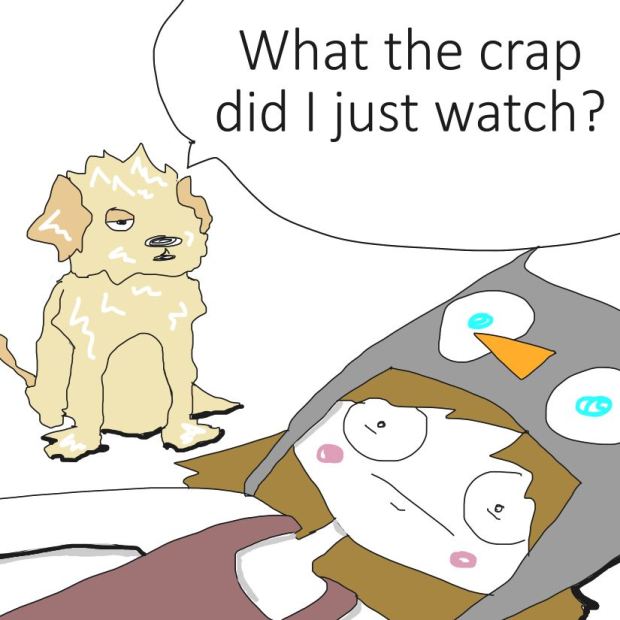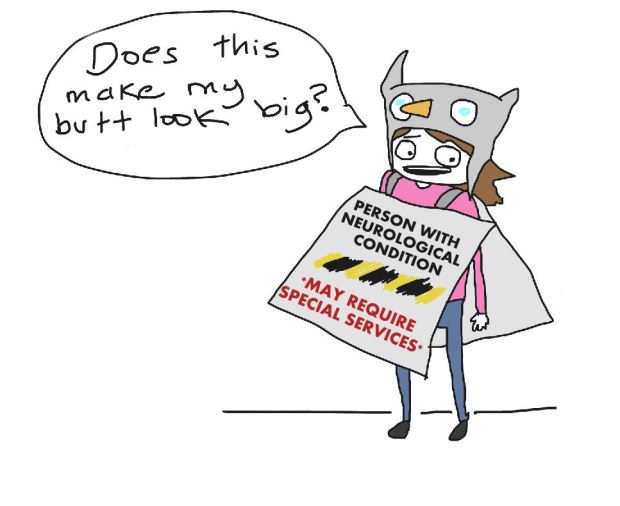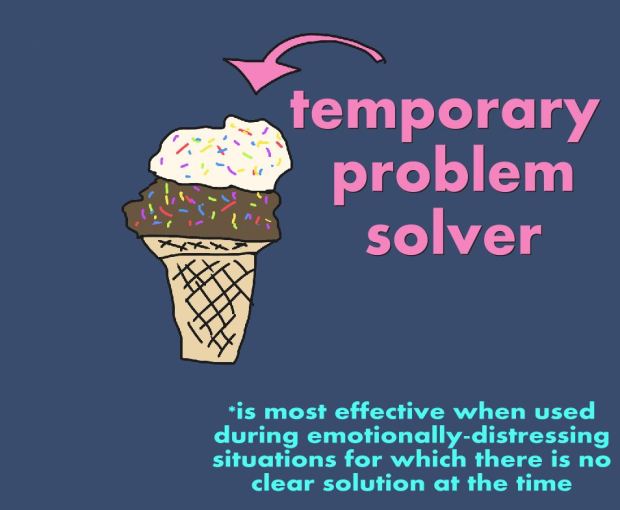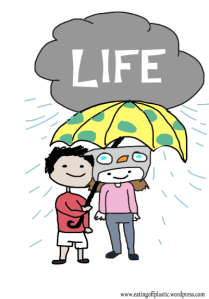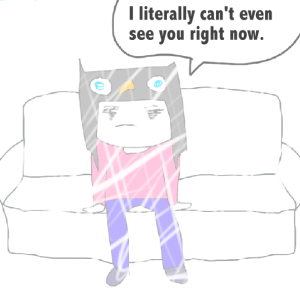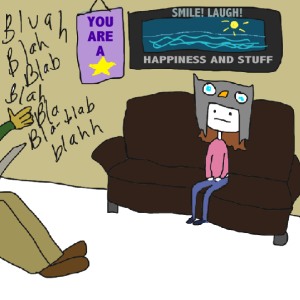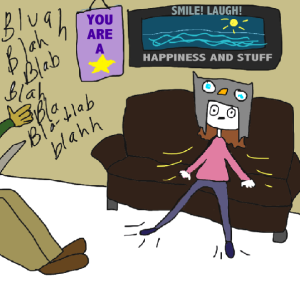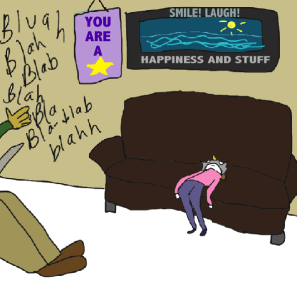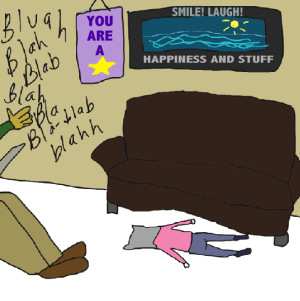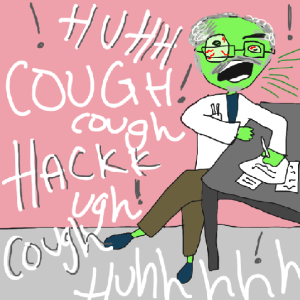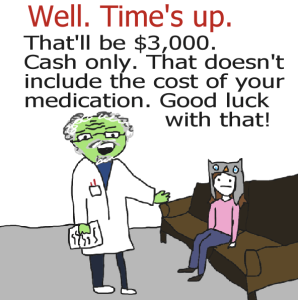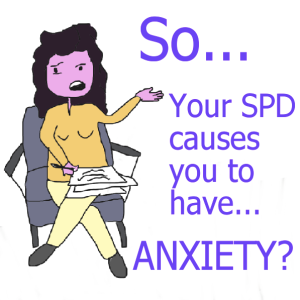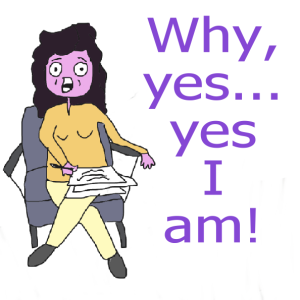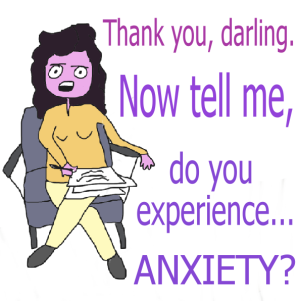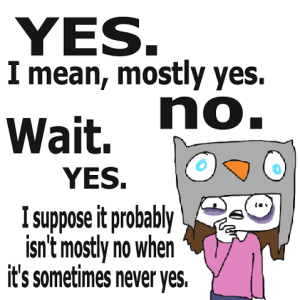Habituation.
It’s a super-duper important neurological process that most people take for granted. In fact, I bet you didn’t even know you did a thing called habituation.
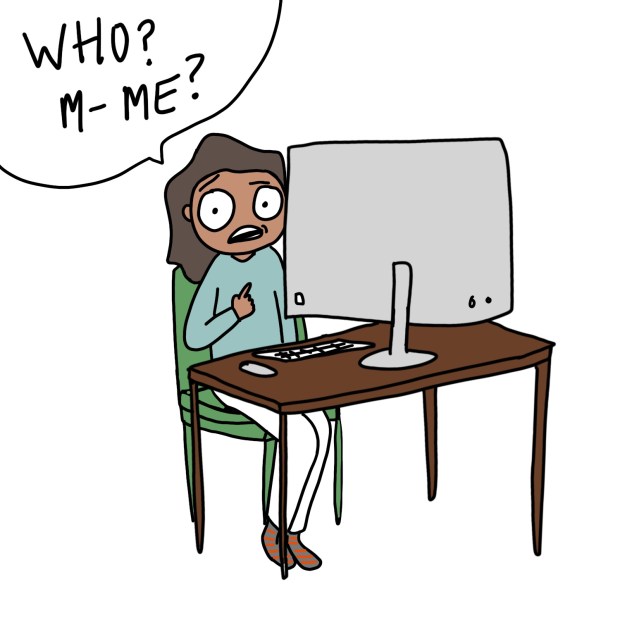

If you google the definition of habituation, you most likely wonder who’s responsible for such a thing. Here’s google’s definition:
the diminishing of a physiological or emotional response to a frequently repeated stimulus.

Ok, ok, we aren’t that brainless. We know what the definition is saying, but, we need to know what it means and how it applies to our beautiful selves.
So, what the heck is habituation?
Picture this: you are in the kitchen preparing a delicious lunch. Outside, someone is mowing their lawn, and cars are rumbling down the street. A bird is squawking; your child is playing in the next room; the television is on. You’re wearing fuzzy slippers and there is a bright light above you. You, however, are able to concentrate on your recipe.
You probably didn’t notice, but you can no longer hear the lawn mower, or your child playing, or the cars, or the birds. You don’t feel the fuzzy slippers on your feet and you aren’t aware of the light shining on you.
Actually, you do hear, feel, and see them, but you are able to block them out and focus on the task at hand. But if you pause and tune in, all that stuff is still there. Must be magic, you think.
Alas, yer not a wizard, Harry. It’s not magic; it’s habituation.

Here’s my less fancy definition of habituation: the brain’s ability to block out stuff by becoming used to it being there.
Your brain can stop paying attention to things that aren’t important in the moment. Hearing the birds outside or the hum of passing cars is not important, so the brain filters them out of your conscious awareness. Notice the word “habit” neatly tucked into “habituate.” Your brain makes a habit of recognizing and tuning out certain stimuli.
What happens when your brain doesn’t habituate well?
Perhaps the most notable side effect is anxiety. When your brain doesn’t have the ability to adjust to a steady stream of information, it reacts by constantly sending up red flags. If it doesn’t know which information is new and which information is not new, it cannot tune out anything because *everything* is new and important and needs to be addressed NOW.

More importantly, it’s something that many people with Sensory Processing Disorder – as well as other neurologically-based conditions like Autism and Schizophrenia – struggle to do.
That’s right friends, I can’t habituate. Or at least, I really stink at it.
Why does your brain stink at habituating?
Truth is, we aren’t quite sure why people with certain neurological conditions can’t habituate. Researchers know that habituation involves the amygdala, the nervous system, the prefrontal cortex, the limbic system, and the vagus nerve. And we know that those systems don’t always function like they’re supposed to in individuals with neurological disorders. Studies have been done with children with autism to test their habituation abilities, and unsurprisingly, brain scans show that they are unable to “get used to” any stimuli no matter how many times they are exposed to it.
People like me (with SPD) struggle to habituate because the basic stimuli we receive every second of the day has a challenging time getting through our processing system. We end up in a state of hyper-arousal and cannot tune out stimuli.
If you have SPD, you will probably not stop noticing that tag in your shirt. You cannot ignore it. Forcing yourself to wear it and get used to it is ultimately useless. (I know this because I’ve read several studies about people with conditions that compromise the ability to habituate, and exposure therapy has little benefit.)
When I wear jewelry, I do not stop feeling it on me. When I wear a ring, it’s as if my brain is only hearing this:

When I’m around a barking dog, I will jump and respond with panic every time the dog barks. My brain will not get used to the barking. If the dog barks 32 times, I will startle and panic 32 times, over and over, until I start to cry. Yes, it is embarrassing, thank you. No amount of me standing there forcing myself to listen to it will reduce my brain’s reaction to the sound. Yes, I have field-tested this theory only to yield the same crappy results every time. Look, I made a graph:

It’s unbearable to be aware of everything around you (or on you) all the time. This is why people with sensory issues are quickly exhausted or reduced to tears after a short time in an overwhelming environment. It’s like our brain is fried from constant processing.
How do I improve my brain’s crappy habituation skills?
Considering that exposure therapy has been shown to have little effect on treating poor habituation skills, there’s gotta be another way (cue that song “we know the way” from Moana). Up until right now writing this blog post, I had no idea what that was. I dove – well, jumped carefully, I don’t like diving – into the internet to find out how to fix this habituation situation.
(Now I’m losing it because I just realized habituation situation is so neat-o and I should’ve used it sooner.)
Some time later…
My research has concluded that there is no straight-forward way to help a brain that doesn’t habituate well. Actually, right now, the best course of action is a sort-of backdoor approach. For the sensory-stressed, the best course of action is to reduce sensory reactivity in other areas of life and practice stress reduction techniques.
Confession: I am now cringing as I type this because this was not the answer I was looking for. It’s basically saying, “MAYBE IF YOU CALM DOWN A BIT, YOUR BRAIN WILL FOLLOW ALONG, YES?? We have no idea. That’s our best guess because the brain is a big ‘ol mystery.” No! That’s not what I want to hear. I was hoping for something like, “consume more lemons” or “strengthen the muscles of the lower back.” Although I don’t know why either of those would have anything to do with treating a poor ability to habituate, but at this point, I’m sure most of us are willing to try ANY approach that doesn’t involve the words, “just relax.”
It seems to be a trend that researchers are consistently vexed by the neurodiverse, and will probably be for the rest of history (must we always be so lucky??). They tend you use “just relax” as a blanket solution to fix the problems of autism, epilepsy, PTSD, and more. I really wish they would get a new blanket.
While being terrible at habituating information isn’t going to kill us, it certainly isn’t going to do us any favors either.

And there you have it; that’s habituation the habituation situation. I have no delightful or uplifting way in which to end this. Let me briefly list some good things on my mind:
-Thanksgiving’s fast approaching
-It’s almost bedtime
-I’m going to make tea after this
–
Alright, that’s about it. Depression is a wondrous thing, folks.
xo kelly



